Breaking News


Popular News

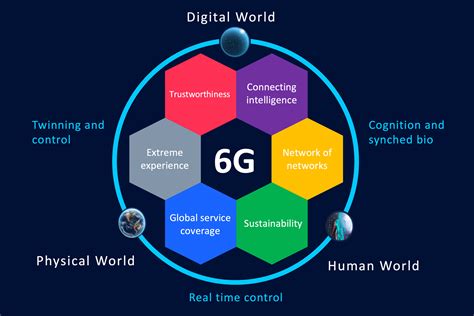
Explore the future of 6G technology, its potential applications, and the emerging technologies challenging 5G. Learn about the current challenges and future impacts.Innovative Research in 6G: A Comprehensive Overview
As technology continues to advance at lightning speed, the race for the next generation of wireless communication is already underway. With 5G technology still in its infancy, researchers and industry leaders are already looking ahead to 6G technology and the potential it holds for revolutionizing the way we connect and communicate. In this blog post, we will delve into the world of 6G technology and provide a comprehensive overview of what it entails.
We will begin by exploring what exactly 6G technology is and how it differs from its predecessor, 5G. We will then take a closer look at the current challenges facing 5G technology and how these might be addressed in the development of 6G. Additionally, we will examine the emerging technologies that are being considered for use in 6G networks and the potential applications that could benefit from this next generation of wireless communication. Finally, we will discuss the future impacts of 6G technology and how it might shape the world as we know it. So, stay tuned for an in-depth look at the exciting world of 6G technology.
Contents
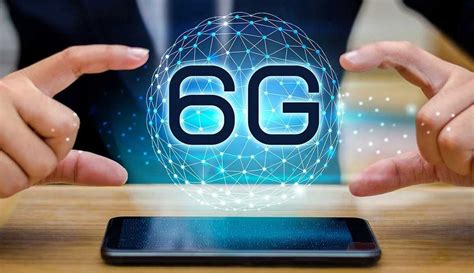
6G technology refers to the sixth generation of wireless communication technology, which is currently in the research and development phase. It is expected to build upon the foundation laid by 5G technology and further enhance connectivity, speed, and reliability. As the next iteration of mobile internet connectivity, 6G is anticipated to bring significant advancements in the telecom industry, paving the way for groundbreaking innovations and transformative applications.
One of the key features of 6G technology is its capability to support massive connectivity, enabling a seamless connection between an extensive network of devices. This will be vital for the development of the Internet of Things (IoT) and the proliferation of smart devices in various industries and sectors. In addition, 6G is expected to offer ultra-fast data transfer speeds, reduced latency, and greater bandwidth, opening up new possibilities for interactive and immersive experiences.
Moreover, 6G technology is envisioned to incorporate advanced technologies such as artificial intelligence, machine learning, and quantum computing to further enhance its capabilities. This convergence of cutting-edge technologies is set to revolutionize the way we communicate, collaborate, and access information, ushering in a new era of connectivity and digital transformation.
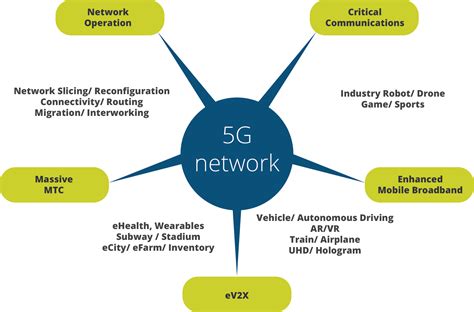
5G technology has brought about revolutionary advancements in the field of telecommunications, offering high-speed internet, low latency, and the ability to connect a massive number of devices simultaneously. However, the implementation of 5G also poses several challenges that need to be addressed for its successful deployment and usage.
One of the major challenges in 5G technology is the requirement for a dense network of small cells to ensure seamless connectivity and coverage. These small cells need to be installed in various locations, such as lampposts, rooftops, and street furniture, to create a cohesive network. The deployment of these small cells presents logistical and regulatory challenges, as well as the need for substantial investment in infrastructure.
Another challenge in 5G technology is the security concerns associated with the increased connectivity and data transfer capabilities. With a larger number of connected devices and increased data traffic, the vulnerabilities and potential cyber threats also increase. Ensuring the security and privacy of data transmitted over 5G networks is a crucial challenge that requires robust encryption and authentication mechanisms.
| Current Challenges in 5G Technology |
|---|
| 1. Deployment of small cells |
| 2. Security concerns |
| 3. Spectrum allocation |
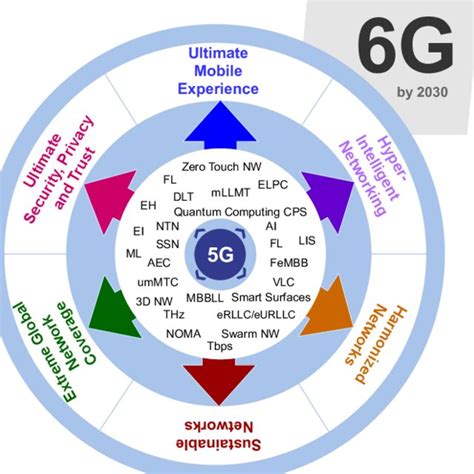
Emerging Technologies for 6G
Emerging Technologies for 6G
The development of 6G technology is an exciting prospect, with the potential to revolutionize the way we communicate and connect with the world. As researchers and experts continue to push the boundaries of what is possible, a number of innovative technologies are emerging as key components of 6G networks.
One such technology is terahertz communication, which utilizes the extremely high-frequency band of the electromagnetic spectrum to enable ultra-fast data transmission rates. This technology has the potential to greatly increase the speed and efficiency of wireless communication, paving the way for new applications and services that were previously not feasible with 5G technology.
Another emerging technology that is expected to play a crucial role in 6G is artificial intelligence (AI). By leveraging AI and machine learning algorithms, 6G networks will be able to dynamically adapt to changing network conditions, optimize resource allocation, and improve overall network performance. This will be particularly important in supporting the diverse and demanding requirements of future applications such as augmented and virtual reality, autonomous vehicles, and smart cities.
| Emerging Technologies for 6G |
|---|
| 1. Terahertz communication |
| 2. Artificial intelligence |
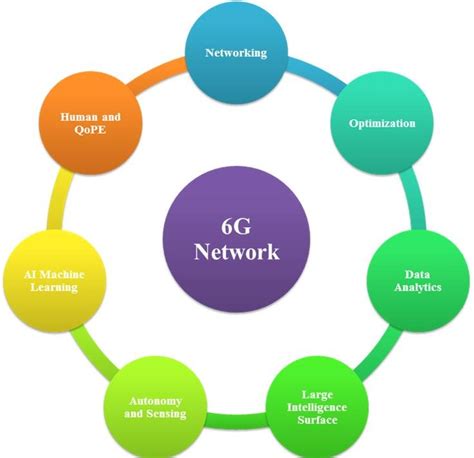
As we look ahead to the future of technology, it’s clear that 6G will play a crucial role in shaping the way we live and work. With its incredibly high speeds and low latency, 6G has the potential to revolutionize a wide range of industries, from healthcare to transportation, and beyond.
One of the most promising applications of 6G is in the field of augmented reality (AR). With its lightning-fast speeds, 6G will enable seamless, immersive AR experiences that could have a major impact on everything from entertainment to education.
Another area where 6G could make a significant difference is in the realm of autonomous vehicles. With its ultra-low latency, 6G could enable real-time communication between vehicles, infrastructure, and the cloud, paving the way for safer, more efficient transportation systems.
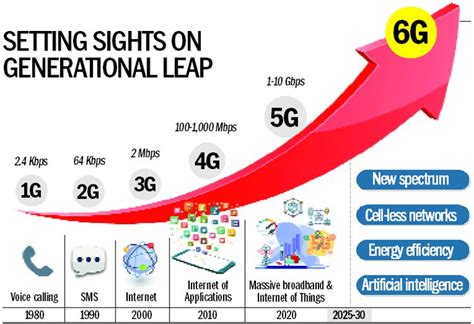
In the near future, the impacts of 6G technology are likely to be revolutionary, with profound effects on various aspects of society. One potential area of impact is in communication networks, with the potential for significantly increased speeds and improved connectivity. This could lead to more seamless and efficient communication across the globe. Additionally, 6G technology is expected to have significant implications for industrial automation and the Internet of Things (IoT). The enhanced capabilities of 6G could lead to further integration of smart technologies in various industries, leading to increased efficiency and productivity.
Moreover, the potential impacts of 6G extend to the realm of healthcare. With advancements in medical technology, 6G could pave the way for remote medical procedures, real-time monitoring of patients, and improved telemedicine services. This could significantly improve access to healthcare services in remote or underserved areas, as well as enhance the overall quality of care.
Furthermore, the economic impact of 6G technology is likely to be substantial. The widespread adoption of 6G could drive innovation, create new industries, and lead to the development of new business models. Additionally, the increased connectivity facilitated by 6G could open up new opportunities for e-commerce, digital services, and global trade. Overall, the future impacts of 6G technology are expected to be far-reaching, touching various aspects of daily life and leading to transformative changes across different sectors.

What is 6G technology?
6G is the next generation of wireless technology, expected to follow 5G. It aims to provide faster data speeds, lower latency, and more reliable connectivity.
What are some potential applications of 6G?
Potential applications of 6G include immersive augmented reality (AR) and virtual reality (VR) experiences, smart cities, remote surgery, and advanced industrial automation.
How does 6G differ from 5G?
6G is expected to be significantly faster than 5G, with data speeds reaching terabits per second. It also aims to have ultra-low latency and more efficient energy usage.
What are the challenges in developing 6G technology?
Challenges in developing 6G technology include spectrum allocation, infrastructure requirements, security and privacy concerns, and the need for international collaboration.
Which companies or organizations are leading the research in 6G?
Companies such as Huawei, Samsung, Nokia, and Ericsson, as well as research institutions and universities around the world, are actively involved in researching and developing 6G technology.
When can we expect 6G to be commercially available?
While there is no definitive timeline, experts predict that 6G may start to become commercially available around 2030, with full deployment expected in the following years.
What are some of the key features of 6G technology?
Key features of 6G technology may include holographic communication, wireless power transmission, intelligent reflecting surfaces, and seamless integration with satellite networks.